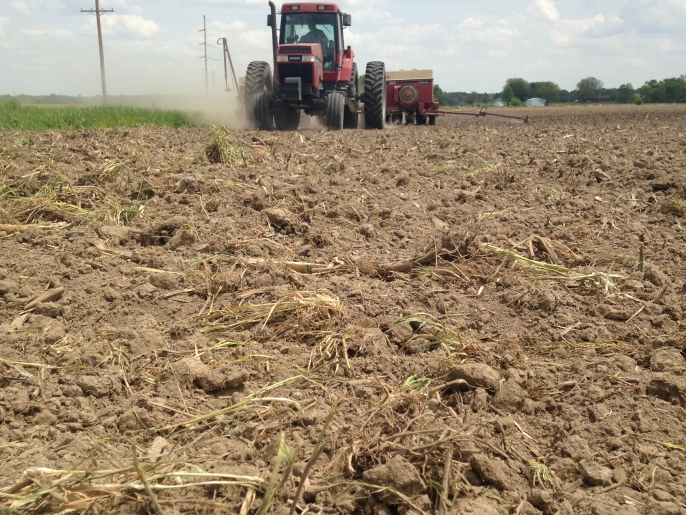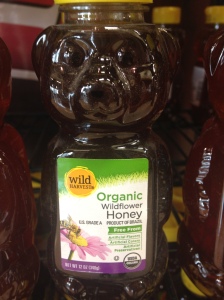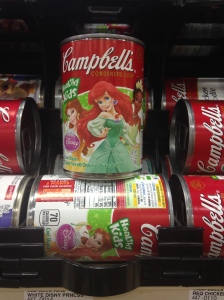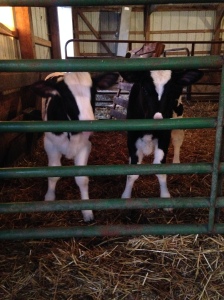After graduating from a Big Ten University, I thought I’d hit the ground of the real world running. I mean, I thought I could find the perfect job doing what I love and still live where I wanted. It was supposed to be a piece of cake. At least, that’s how I had pictured it. And I’m almost as sure as the sky is blue, that I’m not the only 22-year-old that thought this.
Here’s my biggest problem, I have a past. I have 22 years of living on this perfect little dairy and grain farm in the middle of nowhere, Illinois. I’ve spent hours upon hours working show calves, hauling straw bales, and doing anything else that needed done while surrounded by family. Maybe it wasn’t supposed to happen, but it did. I fell in love with this simple way of life. There’s so much blood, sweat, and tears that go into it. But that’s part of the reason I love it. You can’t replace the feeling of getting an offer on your home raised show heifer. Or jumping in the pool after a long day of riding the wagon while putting up straw. There’s such a reward to be reaped after tackling these massive tasks.
So, I’ve done the best to compromise. I took a job just 30 minutes from my home, not my dream job by any means. But hey, I’m not against working my way up the totem pole. The best part? I’m home every night to do what I so deeply love. I get home right in time to do chores. Which sounds crazy to 4 out of every 5 people that have heard this. “You mean, you go right home after work so you can work even more?” Why yes, yes I do. Here’s a little secret, this “extra work” that they are referring to doesn’t feel like work at all. It’s more like family bonding to me. I get to work alongside my Mom and Dad and uphold a family legacy.
Where I’m from, it’s not that uncommon. Yes, some go off and take the “big league” jobs, yet every planting, harvesting, and calving season you know where they spend all their extra time? They make the long drives back home to do what they know the best, what they lay in bed and long for every night. Deep down, they too want to find the way to come back home. Because you grow up wanting to carry on the family profession.
As Paul Harvey said, “Somebody who’d bale a family together with the soft strong bonds of sharing, who would laugh and then sigh, and then reply, with smiling eyes, when his son says he wants to spend his life ‘doing what dad does. So God made a farmer.”
It’s 200 times harder than I ever imagined to juggle a job and still keep tabs on the farm, but it is well worth it. I couldn’t imagine what my life would be if I couldn’t look out the window every morning to see the bluest sky, cows meandering around, and corn fields as far as my eyes can see. And I know that I’ll never have to call any other life mine.




















